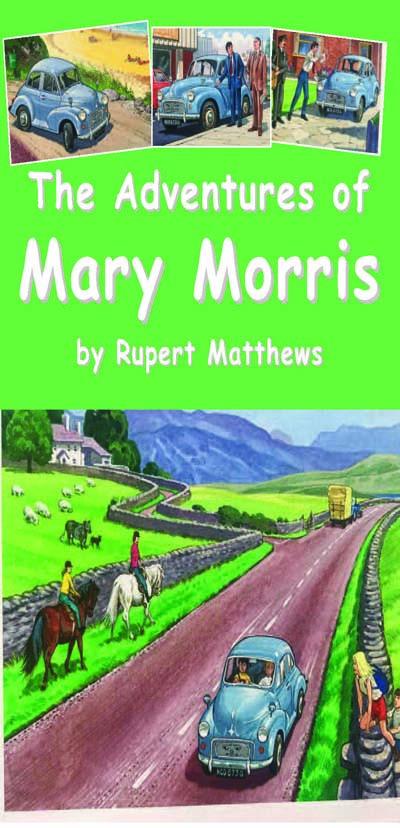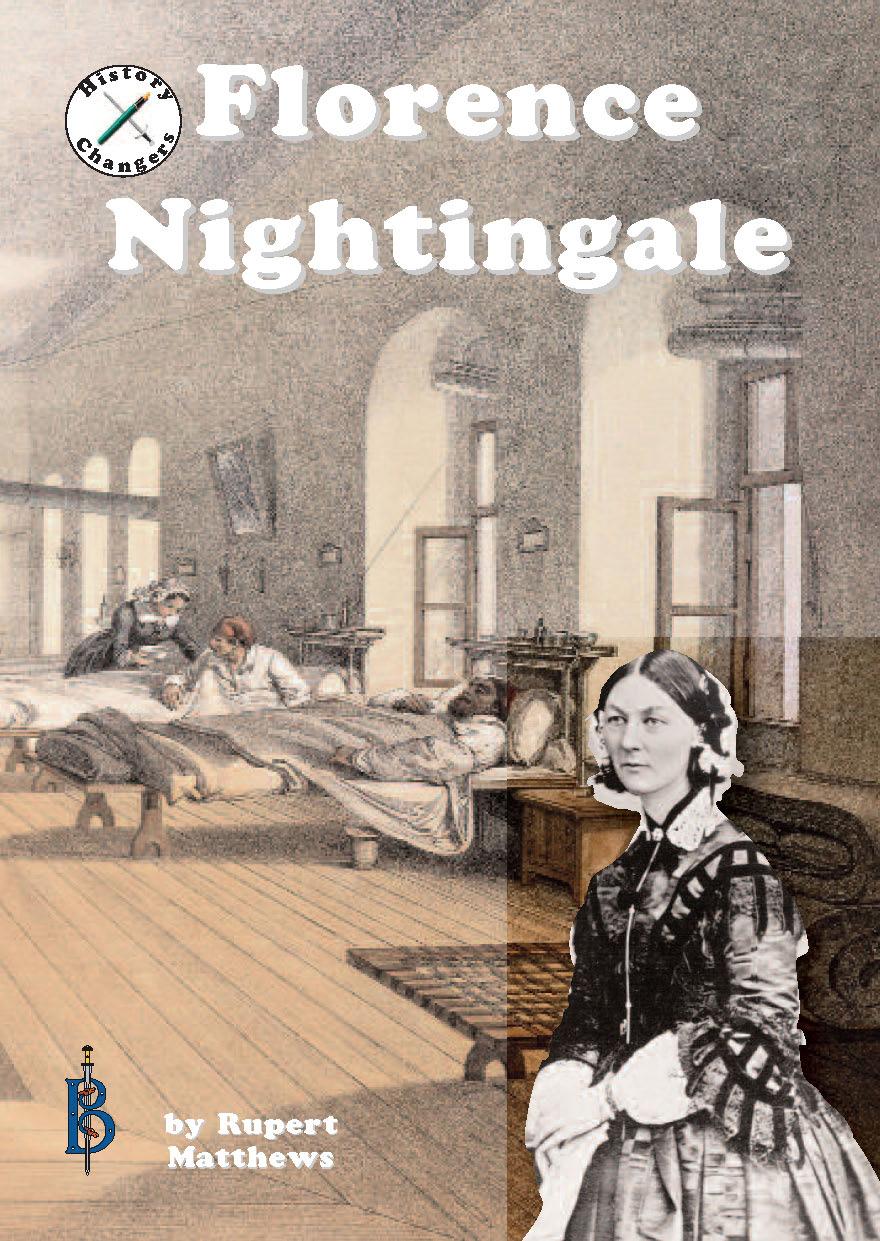​School Visits - Key Stage 1
1 - Fiction Reading
 Introduction
Introduction
In this session I read my picture book story The Adventures of Mary Morris. Children join in, and there's a fun surprise at the end of the reading. Plenty of opportunities for follow-up activities – recounts, predicting and storyboarding.
Learning objectives
Listening and responding, predicting.
Size of group
Works best with a small group – no more than 30.
Duration
About 30 – 40 minutes.
Location
Classroom.
Ideas for follow-up activities
- Independent work: Retell the story in words and pictures.
- Role-play: Re-enact the story using children's own words.
- Discussion: What happens next to Bertie the Bentley?

2 - Non-Fiction Activities
Introduction
This session is based on the books that I have written in the "History Changers" series of books for Bretwalda Books. Each book concentrates on a person or event from the National Curriculum that changed history. After a short introduction about each book, the class votest on which title to use: The Black Death, Ernest Shackleton, etc etc.
Learning objectives
Listening and responding, questioning, imaginative artwork, chronological writing (see follow up activities).
Size of group
Works best with a small group – ideally fewer than 30.
Duration – short talk and reading
About 45 minutes to one hour.
Duration – Artwork Primer (optional)
About 45 minutes.
Duration – writing recount activity (optional)
About 60 minutes.
Duration – Background Research Screen Show (optional)
About 60 minutes.
Location
Classroom.
Ideas for follow-up activities
- Independent work: Children recount the person or event in their own words and pictures.
- Paired / partner work: 'My Friend' – children find out about their friends and make biographies of them.
- Discussion: Understand the difference between biography and autobiography.
3 - Creative Writing
Introduction
After a discussion about stock characters and storylines used in traditional folk tales, the children work individually to write their own folktale. They are encouraged to place the traditional themes in a modern setting, with support on characters, plot and setting. They use A3 double-sided worksheets which they fold to make into an 8-page A5 booklet.
Differentiation
The layout of the worksheets vary between the different years - with more picture work for the younger children and more writing for the older age groups.
Learning objectives
Creating and shaping imaginative texts.
Size of group
Individual classes or small groups.
Duration
About 60 – 90 minutes.
Location and requirements
Classroom.
Use of photocopier to run off A3 worksheets.
Ideas for follow-up activities
- Group work: Children work in small groups to plan and write further folktales.
- Mentoring: Older children mentor younger children to create foltales.
- Sharing through role-play: Finished folktales are shared in assemblies, with two or three children assuming character roles to present their folktale.
 Introduction
Introduction

